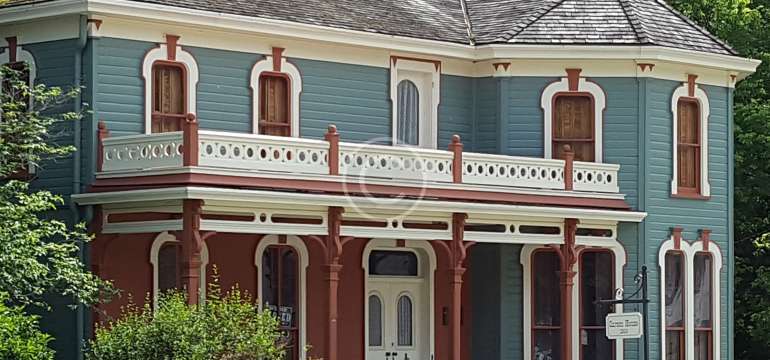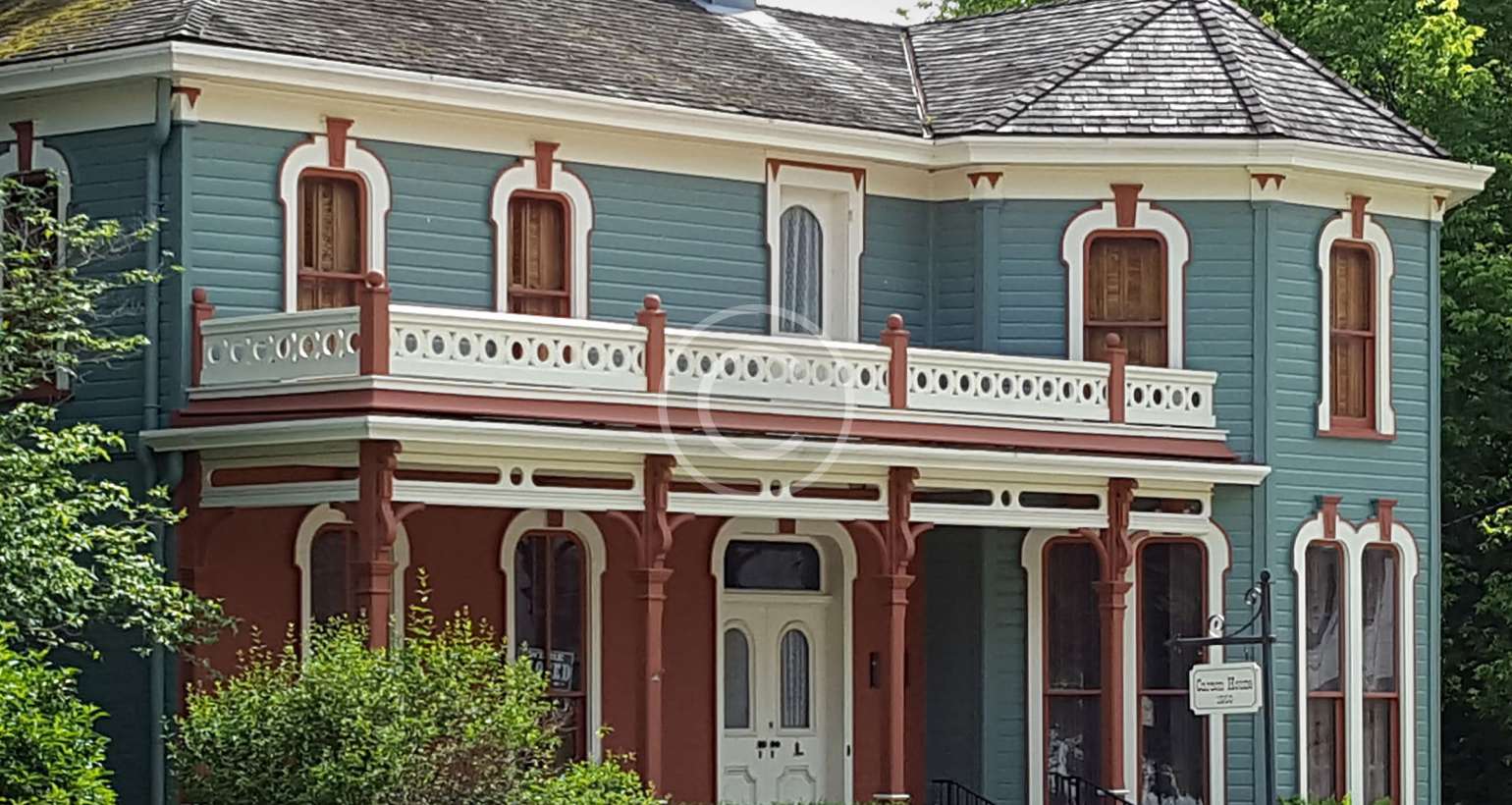
Discover the Difference
That We Can Make!
Exterior painting is the process of applying paint or other finish materials to the exterior surfaces of a building, such as walls, trim, shutters, and doors. Exterior painting is a common home improvement project that can improve the appearance of a home, protect it from the elements, and increase its value.
Here are the steps involved in exterior painting:
- Preparation: Before painting, it’s important to clean the surfaces to be painted and repair any damage, such as holes or cracks. Surfaces should be sanded to ensure a smooth surface for the paint to adhere to. Windows and doors should be masked to prevent paint from getting on them.
- Power washing: Power washing is a process of cleaning the exterior surfaces of a building with a high-pressure stream of water. This removes dirt, dust, and other debris from the surfaces, preparing them for painting.
- Priming: Priming is the process of applying a coat of primer to the surfaces to be painted. Primer is used to improve adhesion, reduce the number of coats of paint required, and provide a uniform surface for the paint to be applied to.
- Painting: Once the surfaces have been primed, they are ready for painting. Paint should be applied in thin, even coats, taking care to avoid drips and runs. It’s best to work in small sections, painting the edges first and then filling in the center.
- Clean-up: After painting, it’s important to clean up any drips, spills, or splatters. Brushes, rollers, and other painting tools should be cleaned according to the manufacturer’s instructions.
When painting the exterior of a building, it’s important to choose high-quality paint and materials, and to follow the manufacturer’s instructions for application. Additionally, it’s a good idea to test the paint on a small, inconspicuous area before applying it to the entire surface to ensure you are happy with the color and finish.
Understanding the Process
Room preparation is an important step in the painting process, as it ensures that the paint will adhere properly and look its best. Here are the steps involved in preparing a room for painting:
- Remove furniture: Move all furniture and decor items out of the room or to the center of the room and cover them with drop cloths or plastic sheets. This will protect them from paint splatters and drips.
- Clean the walls: Clean the walls to remove any dirt, dust, or grease. Use a damp cloth to wipe down the surfaces, or use a wall-cleaning solution if necessary.
- Repair any damage: Fill any holes or cracks in the walls with spackling compound and sand the surface smooth. Sand any rough or glossy areas to ensure a uniform surface for the paint to adhere to.
- Mask off areas: Mask off areas that you don’t want to be painted, such as baseboards, crown molding, and windowsills, using painters tape. Cover floors and windows with drop cloths or plastic sheets to protect them from paint splatters.
- Prime the surfaces: If necessary, apply a coat of primer to the walls to improve adhesion and to provide a uniform surface for the paint to be applied to.
By following these steps, you will ensure that your room is properly prepared for painting, which will result in a smooth and uniform finish that looks great and lasts for years to come.
.
Mask off areas that you don’t want to be painted, such as baseboards, crown molding, and windowsills, using painters tape. Cover floors and windows with drop cloths or plastic sheets to protect them from paint splatters.
Clean the walls: Clean the walls to remove any dirt, dust, or grease. Use a damp cloth to wipe down the surfaces, or use a wall-cleaning solution if necessary.
Painting: Once the surfaces have been primed, they are ready for painting. Paint should be applied in thin, even coats, taking care to avoid drips and runs. It’s best to work in small sections, painting the edges first and then filling in the center.
Inspection in painting is the process of carefully examining the surfaces to be painted and the surrounding areas to determine the condition of the surfaces and identify any potential issues that need to be addressed before painting.

